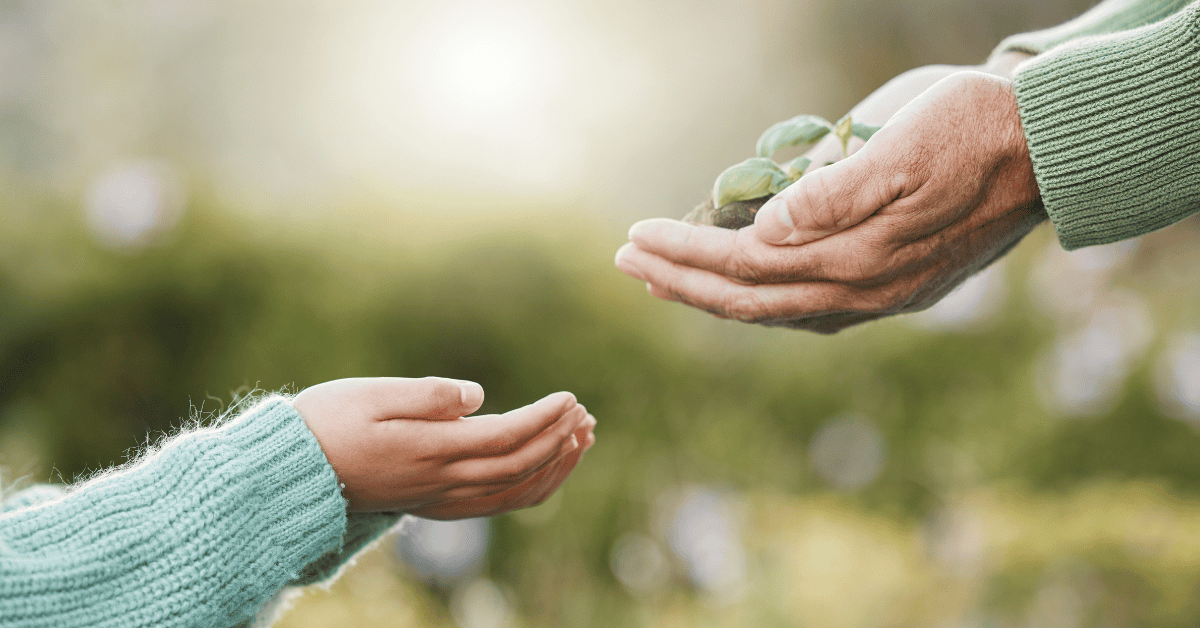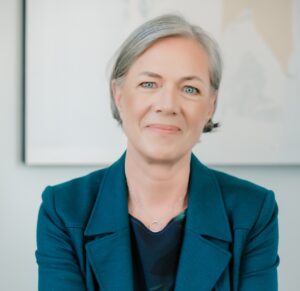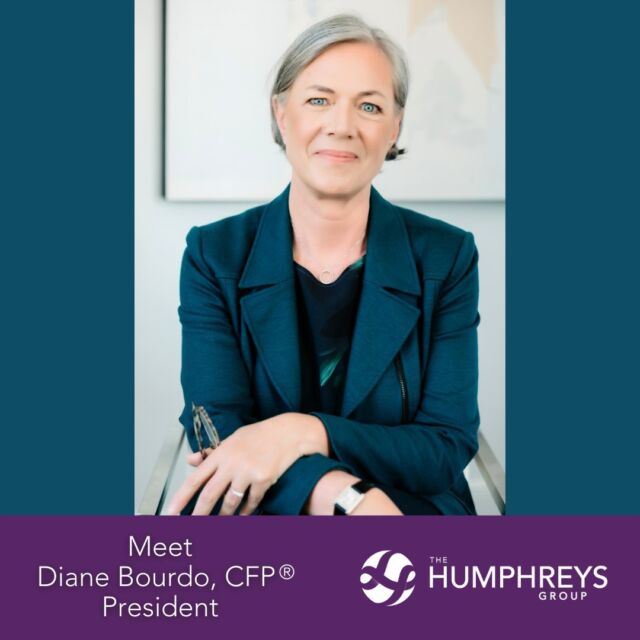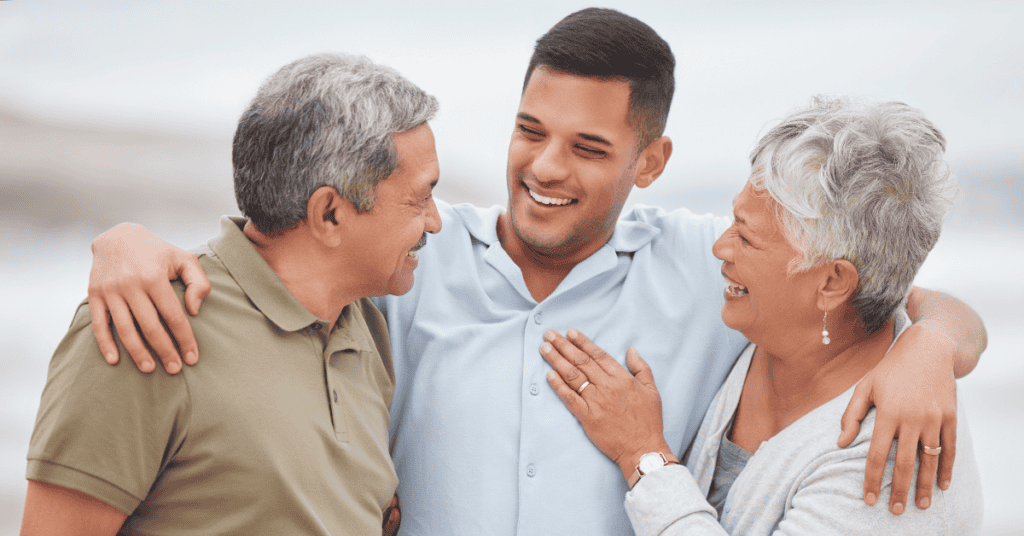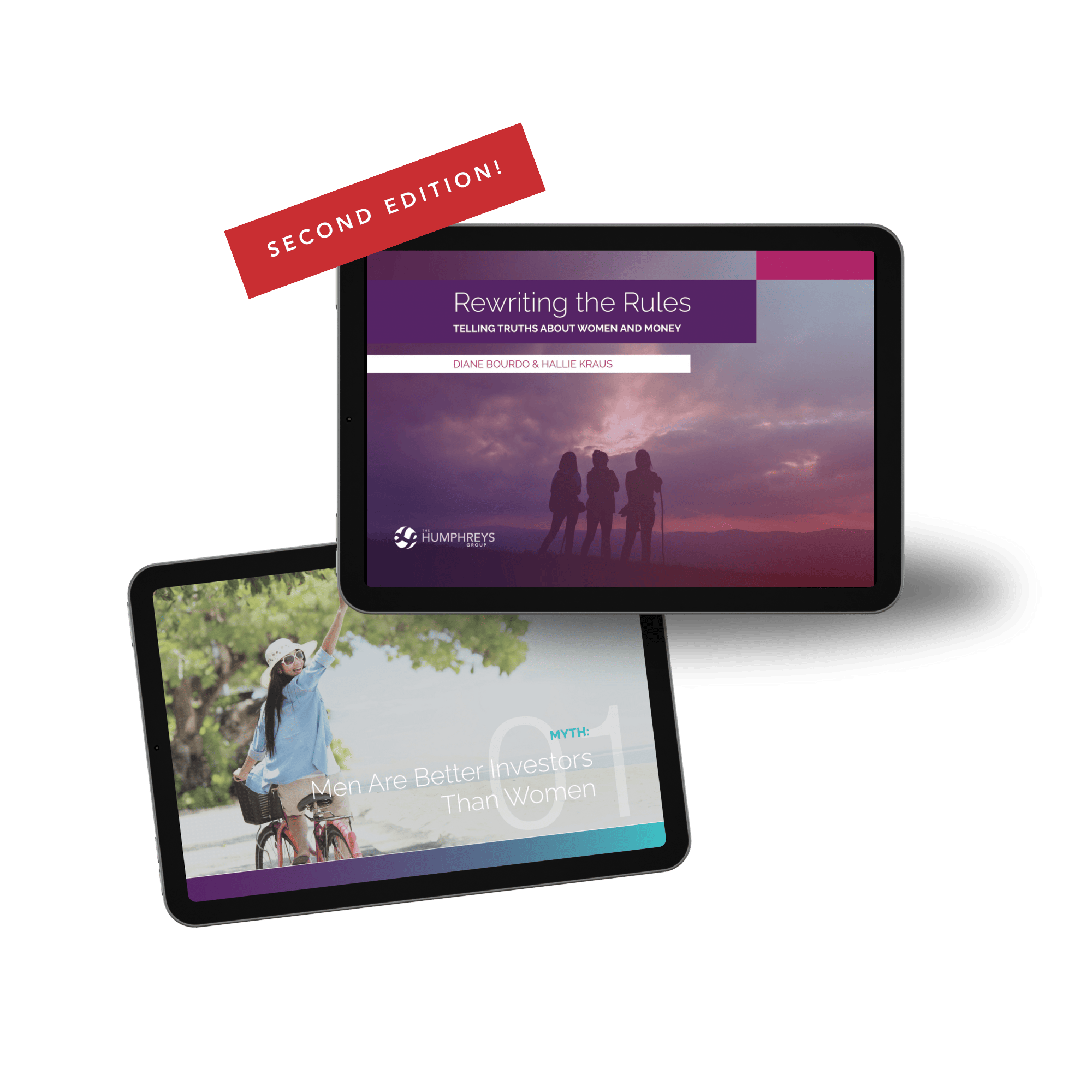When Giving Is All We Have
By Alberto Ríos
One river gives
Its journey to the next.
We give because someone gave to us.
We give because nobody gave to us.
We give because giving has changed us.
We give because giving could have changed us.
We have been better for it,
We have been wounded by it—
Giving has many faces: It is loud and quiet,
Big, though small, diamond in wood-nails.
Its story is old, the plot worn and the pages too,
But we read this book, anyway, over and again:
Giving is, first and every time, hand to hand,
Mine to yours, yours to mine.
You gave me blue and I gave you yellow.
Together we are simple green. You gave me
What you did not have, and I gave you
What I had to give—together, we made
Something greater from the difference.
As the days grow shorter and the air turns crisp, we’re approaching the onset of the holiday rush. The spirit of the season will soon pick up energy—a spirit of connection, of merriment, of holding dear ones close, and of giving. Giving doesn’t need fanfare. It’s not always about holiday lists or grand gestures. True generosity is quieter, more deliberate. It shows up in the simple things: carving out time to listen, offering a hand without being asked, or sharing a piece of yourself that you’ve been saving for just the right moment. It’s in these understated moments that we find the essence of giving with gladness—when the act is simple, intentional, and without strings.
But before we can understand what it means to give with gladness, we have to confront an uncomfortable truth: many of us struggle with receiving. Brené Brown puts it best in The Gifts of Imperfection: “Until we can receive with an open heart, we are never really giving with an open heart.” It’s a humbling thought, and one that forces us to reckon with the subtle discomfort we often feel when accepting help, kindness, or even a compliment. Yet, these moments—when a friend clears their schedule to see us, or a mentor extends a bit of wisdom—remind us that giving and receiving are intertwined. If we can’t welcome the generosity of others, how can we hope to offer it freely ourselves?
Family legacies play a big role in shaping how we approach both giving and receiving. Many of us grew up with unspoken rules about generosity, learned from watching the people around us. Some of these lessons were beautiful, and others, not so much. Maybe you learned that giving was transactional, or that it always came with strings attached. Or perhaps you were lucky enough to see giving that was effortless and full of heart. Whatever the case, these inherited patterns are worth reflecting on. They can either guide us toward more meaningful generosity or push us to rewrite our own script.
To give with gladness is to give within our capacity and in alignment with our values. It’s knowing what we have to offer and sharing it without hesitation or resentment. This isn’t about grand gestures or playing the part of the “selfless giver.” It’s about showing up with intention and sincerity. Giving should feel like a practice, not a performance—something we can return to, refine, and learn from over time.
The reasons we give are as varied as the ways we choose to do it. Some of us give because we see problems we can’t solve on our own, and we hope our contribution will be part of a bigger solution. Others give for the simple pleasure of it, without a need for a grand, altruistic purpose. There’s beauty in both. It doesn’t always have to be about saving the world; sometimes, it’s enough just to brighten someone’s day, to remind them (and ourselves) that kindness still exists.
And here’s the thing: giving changes us, too. One of the most thought-provoking questions we’ve heard is, “If I give and then move through the world feeling better as a person, it’s probably better for the world, right?” Maybe that’s the crux of it. When we give, we step outside of ourselves. We get a little closer to seeing the world as a connected whole, rather than a collection of individuals just trying to get by.
A Self-Reflection on Giving with Gladness
If you’re looking to understand your own experiences with giving, try this simple exercise. Set aside a few quiet moments and use this worksheet to reflect.
In column one, write down any memories you have of moments when you gave with joy—whether it was time, a gift, or simply being present. Note how you felt at the time. Were you calm? Excited? Fulfilled? What stands out to you about those moments?
Then, take a step back and note down any patterns in column two. Do you notice any themes? How has your experience of giving with gladness impacted the way you approach generosity today? Maybe you’ve realized that you’re happiest when giving your time, or perhaps it’s the spontaneous acts that bring the most joy. Let these reflections guide you in the future.
As you revisit these memories and reflections, consider how you can carry forward that spirit of gladness. Think of it as a way to cultivate more of those quiet, meaningful connections—not just during the holidays, but throughout the year. Generosity, after all, is a habit, one that grows each time we choose to give, and each time we learn to receive.
Reach out to The Humphreys Group to continue the conversation.

